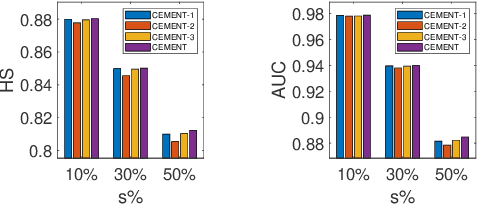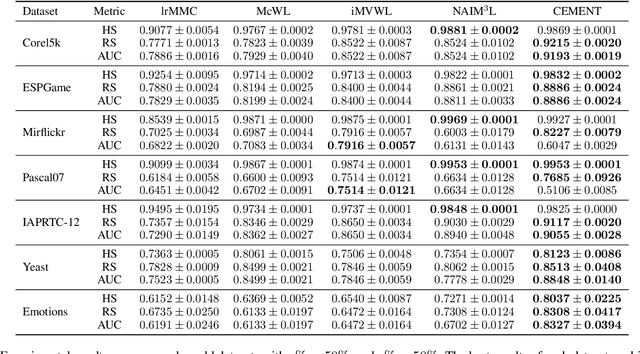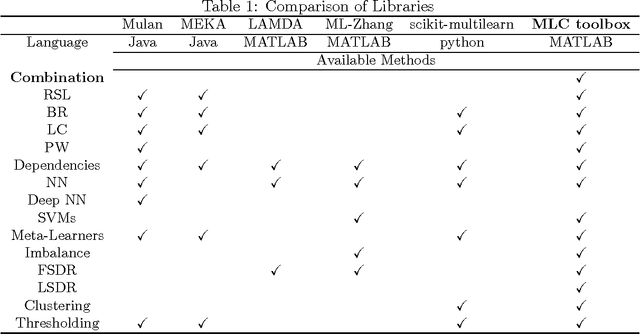Mineichi Kudo
Long-term Detection System for Six Kinds of Abnormal Behavior of the Elderly Living Alone
Nov 20, 2024Abstract:The proportion of elderly people is increasing worldwide, particularly those living alone in Japan. As elderly people get older, their risks of physical disabilities and health issues increase. To automatically discover these issues at a low cost in daily life, sensor-based detection in a smart home is promising. As part of the effort towards early detection of abnormal behaviors, we propose a simulator-based detection systems for six typical anomalies: being semi-bedridden, being housebound, forgetting, wandering, fall while walking and fall while standing. Our detection system can be customized for various room layout, sensor arrangement and resident's characteristics by training detection classifiers using the simulator with the parameters fitted to individual cases. Considering that the six anomalies that our system detects have various occurrence durations, such as being housebound for weeks or lying still for seconds after a fall, the detection classifiers of our system produce anomaly labels depending on each anomaly's occurrence duration, e.g., housebound per day and falls per second. We propose a method that standardizes the processing of sensor data, and uses a simple detection approach. Although the validity depends on the realism of the simulation, numerical evaluations using sensor data that includes a variety of resident behavior patterns over nine years as test data show that (1) the methods for detecting wandering and falls are comparable to previous methods, and (2) the methods for detecting being semi-bedridden, being housebound, and forgetting achieve a sensitivity of over 0.9 with fewer than one false alarm every 50 days.
Sensor Data Simulation for Anomaly Detection of the Elderly Living Alone
Dec 28, 2023Abstract:With the increase of the number of elderly people living alone around the world, there is a growing demand for sensor-based detection of anomalous behaviors. Although smart homes with ambient sensors could be useful for detecting such anomalies, there is a problem of lack of sufficient real data for developing detection algorithms. For coping with this problem, several sensor data simulators have been proposed, but they have not been able to model appropriately the long-term transitions and correlations between anomalies that exist in reality. In this paper, therefore, we propose a novel sensor data simulator that can model these factors in generation of sensor data. Anomalies considered in this study were classified into three types of \textit{state anomalies}, \textit{activity anomalies}, and \textit{moving anomalies}. The simulator produces 10 years data in 100 min. including six anomalies, two for each type. Numerical evaluations show that this simulator is superior to the past simulators in the sense that it simulates well day-to-day variations of real data.
CEMENT: Incomplete Multi-View Weak-Label Learning with Long-Tailed Labels
Jan 12, 2022



Abstract:A variety of modern applications exhibit multi-view multi-label learning, where each sample has multi-view features, and multiple labels are correlated via common views. In recent years, several methods have been proposed to cope with it and achieve much success, but still suffer from two key problems: 1) lack the ability to deal with the incomplete multi-view weak-label data, in which only a subset of features and labels are provided for each sample; 2) ignore the presence of noisy views and tail labels usually occurring in real-world problems. In this paper, we propose a novel method, named CEMENT, to overcome the limitations. For 1), CEMENT jointly embeds incomplete views and weak labels into distinct low-dimensional subspaces, and then correlates them via Hilbert-Schmidt Independence Criterion (HSIC). For 2), CEMEMT adaptively learns the weights of embeddings to capture noisy views, and explores an additional sparse component to model tail labels, making the low-rankness available in the multi-label setting. We develop an alternating algorithm to solve the proposed optimization problem. Experimental results on seven real-world datasets demonstrate the effectiveness of the proposed method.
MLC Toolbox: A MATLAB/OCTAVE Library for Multi-Label Classification
Apr 09, 2017

Abstract:Multi-Label Classification toolbox is a MATLAB/OCTAVE library for Multi-Label Classification (MLC). There exists a few Java libraries for MLC, but no MATLAB/OCTAVE library that covers various methods. This toolbox offers an environment for evaluation, comparison and visualization of the MLC results. One attraction of this toolbox is that it enables us to try many combinations of feature space dimension reduction, sample clustering, label space dimension reduction and ensemble, etc.
 Add to Chrome
Add to Chrome Add to Firefox
Add to Firefox Add to Edge
Add to Edge